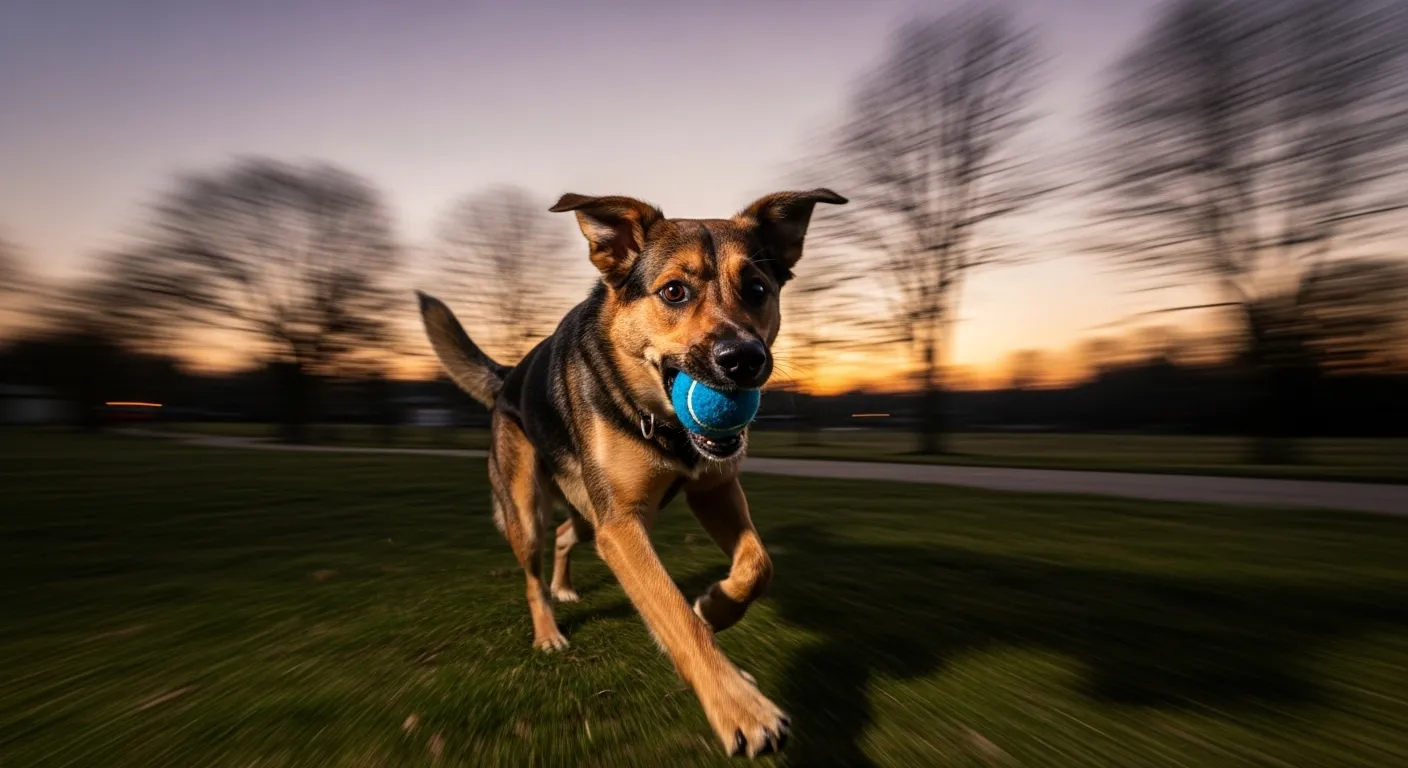
Putting It All Together: Seeing the World Through Their Eyes
The old myth of a black-and-white world has been replaced by a much more nuanced and fascinating reality. Our dogs see a world painted in beautiful blues and yellows, a world optimized for spotting the slightest movement in the dim light of dawn and dusk. Their vision is not a lesser version of our own; it is a unique adaptation perfectly suited to their needs and ancestry. It is a sensory gift that prioritizes motion over detail and function over a full spectrum of color.
By embracing this knowledge, we move beyond being just owners and become more attuned, empathetic companions. We can choose a blue ball for fetch, use clearer hand signals during training, and create a safer home for our aging friends. These small, informed acts of kindness show our dogs that we are trying to understand and honor their experience of the world.
The next time you look into your dog’s eyes, remember the unique view they hold. Appreciate their incredible ability to see a squirrel’s flicking tail from half a block away, and have a little more patience when they can’t find the red toy in the green grass. This deeper understanding is one of the greatest gifts we can give them, strengthening the remarkable bond that makes life with a dog so special.
Your Next Steps
1. Take a Toy Inventory This Week: Look through your dog’s toy basket. How many are in the blue-to-yellow spectrum? On your next trip to the pet store, pick out one new toy in a vibrant blue or sunny yellow and see if it becomes a new favorite.
2. Observe and Adapt Your Training: During your next training session, focus on your body language. Make your hand signals bigger and clearer. Notice if your dog responds more quickly or with more confidence. Remember, they are watching your movements closely.
3. Schedule a Wellness Check: If you haven’t recently, schedule your dog’s annual wellness exam. It’s the perfect time to discuss any observations or concerns about their eye health with your veterinarian and ensure they are seeing their world as clearly as possible.
Disclaimer: The information provided in this article is for educational purposes only and is not a substitute for professional veterinary advice. Always consult your veterinarian for any health concerns, diagnosis, treatment, or decisions regarding your pet’s nutrition and care.














